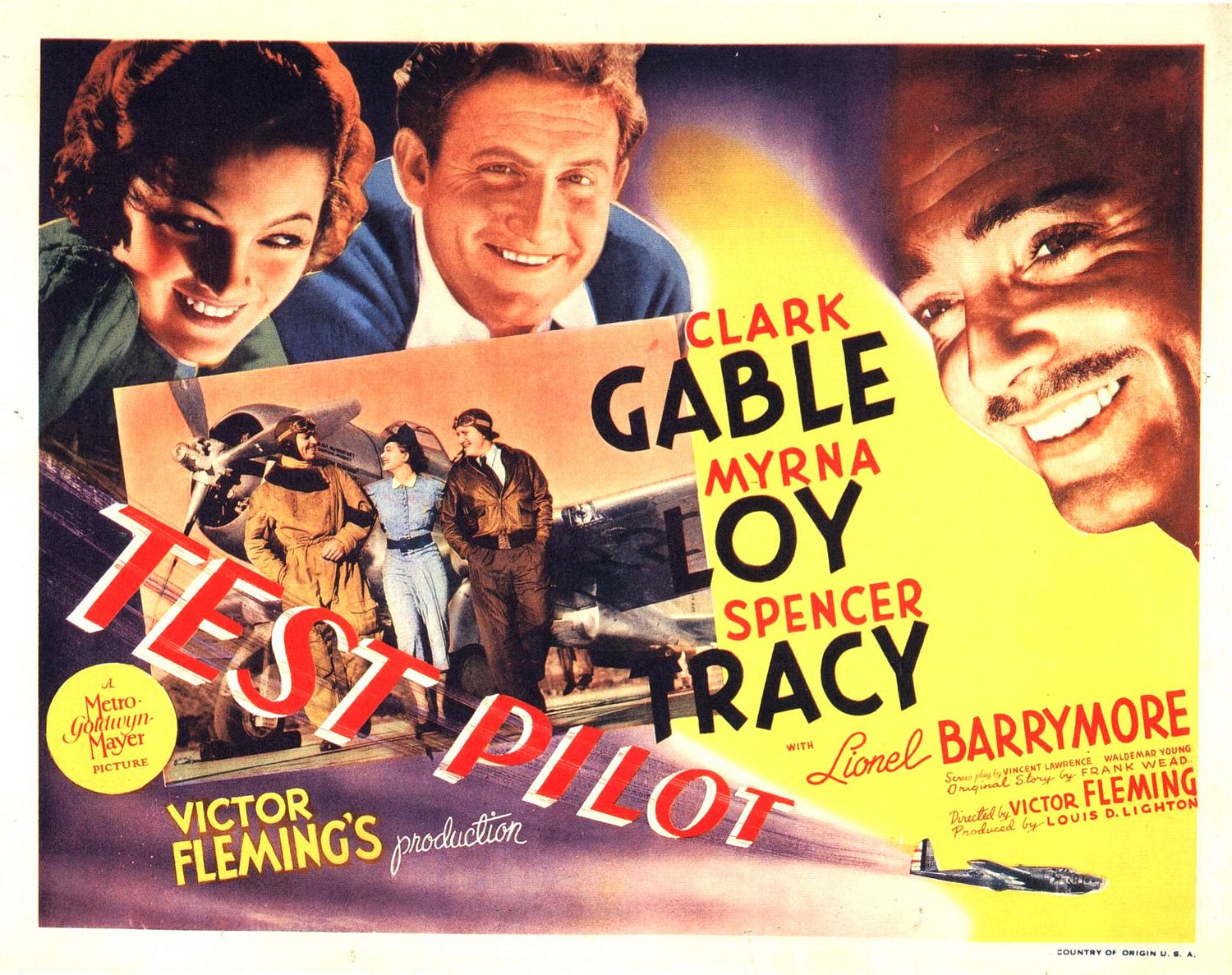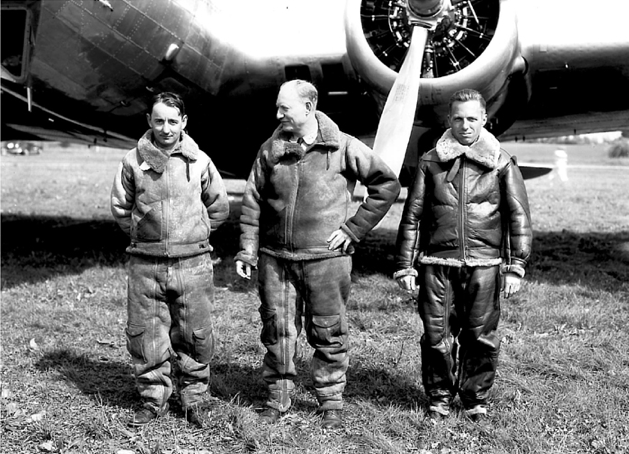

On the same day, Irvine and Robey flew the Y1B-17 from Dayton, Ohio to St. Jacob, Illinois, setting an FAI World Record for Speed Over 1,000 Kilometers with a 5,000 Kilogram Payload, averaging 417.46 kilometers per hour (259.40 miles per hour).³
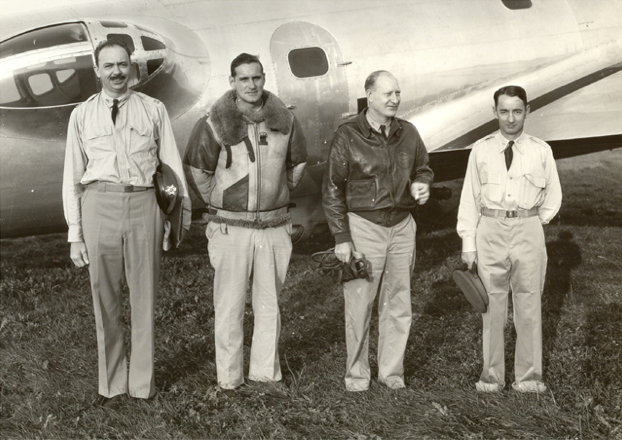
The single Y1B-17A (Boeing Model 299F) was originally ordered as a static test article, but when that was determined to be unnecessary, it was used as an engine test aircraft. It was equipped with four 1,823.129-cubic-inch-displacement (29.875 liter) air-cooled, supercharged, Wright R-1820-51 (Cyclone G59) single-row nine-cylinder radial engines. Moss/General Electric turbo-superchargers were installed, initially on top of the wings, but were moved to the bottom of the engine nacelles.
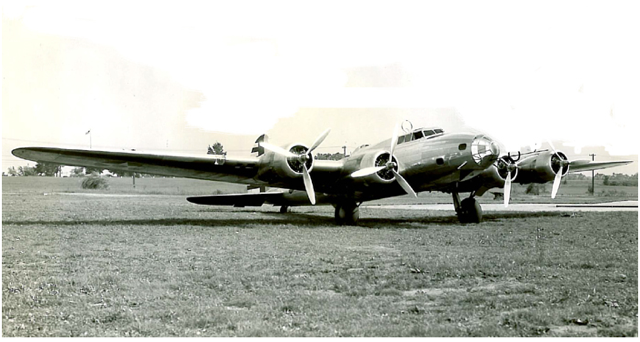
The supercharged Wright R-1820-39 (Cyclone R-1820-G5) engines of the YB-17s were rated at 805 horsepower at 2,100 r.p.m., at Sea Level, 775 horsepower at 14,000 feet (4,267 meters), and 930 horsepower at 2,200 r.p.m., for take off. By contrast, the YB-17A’s R-1820-51 engines were rated at 800 horsepower at 2,100 r.p.m. at Sea Level, and 1,000 horsepower at 2,200 r.p.m. for take off. But the turbochargers allowed the engines to maintain their Sea Level power rating all the way to 25,000 feet (7,620 meters). Both the -39 and -51 engine had a 16:11 propeller gear reduction ratio. The R-1820-51 was 3 feet, 9.06 inches (1.145 meters) long, 4 feet, 6.12 inches (1.375 meters) in diameter, and weighed 1,200.50 pounds (544.54 kilograms). 259 were produced by Wright between September 1937 and February 1940.
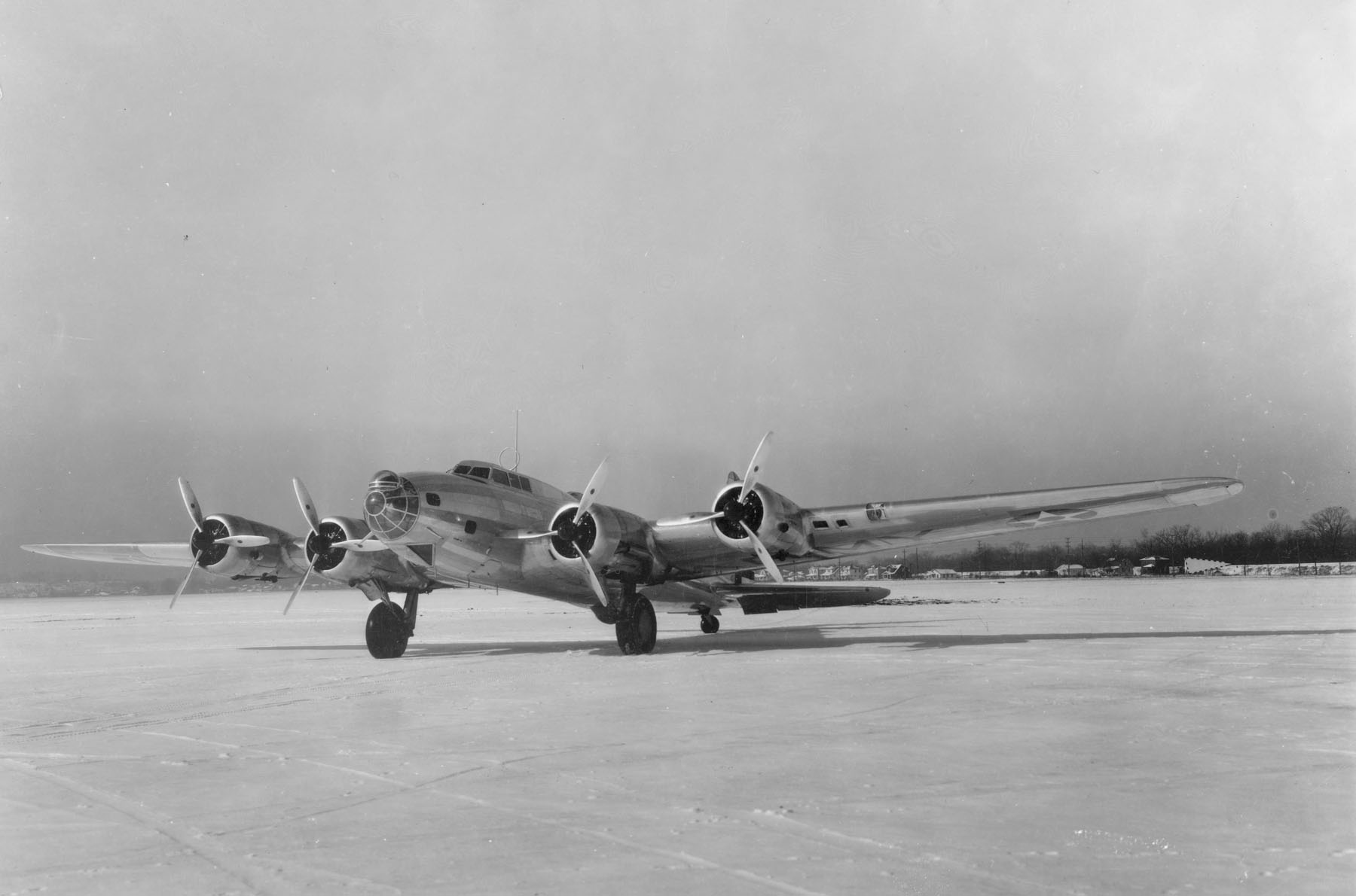
The turbo-superchargers installed on the YB-17A greatly improved the performance of the bomber, giving it a 55 mile per hour (89 kilometer per hour) increase in speed over the supercharged YB-17s, and increasing the bomber’s service ceiling by 7,000 feet (2,132 meters). The turbo-superchargers worked so well that they were standard on all following B-17 production models.
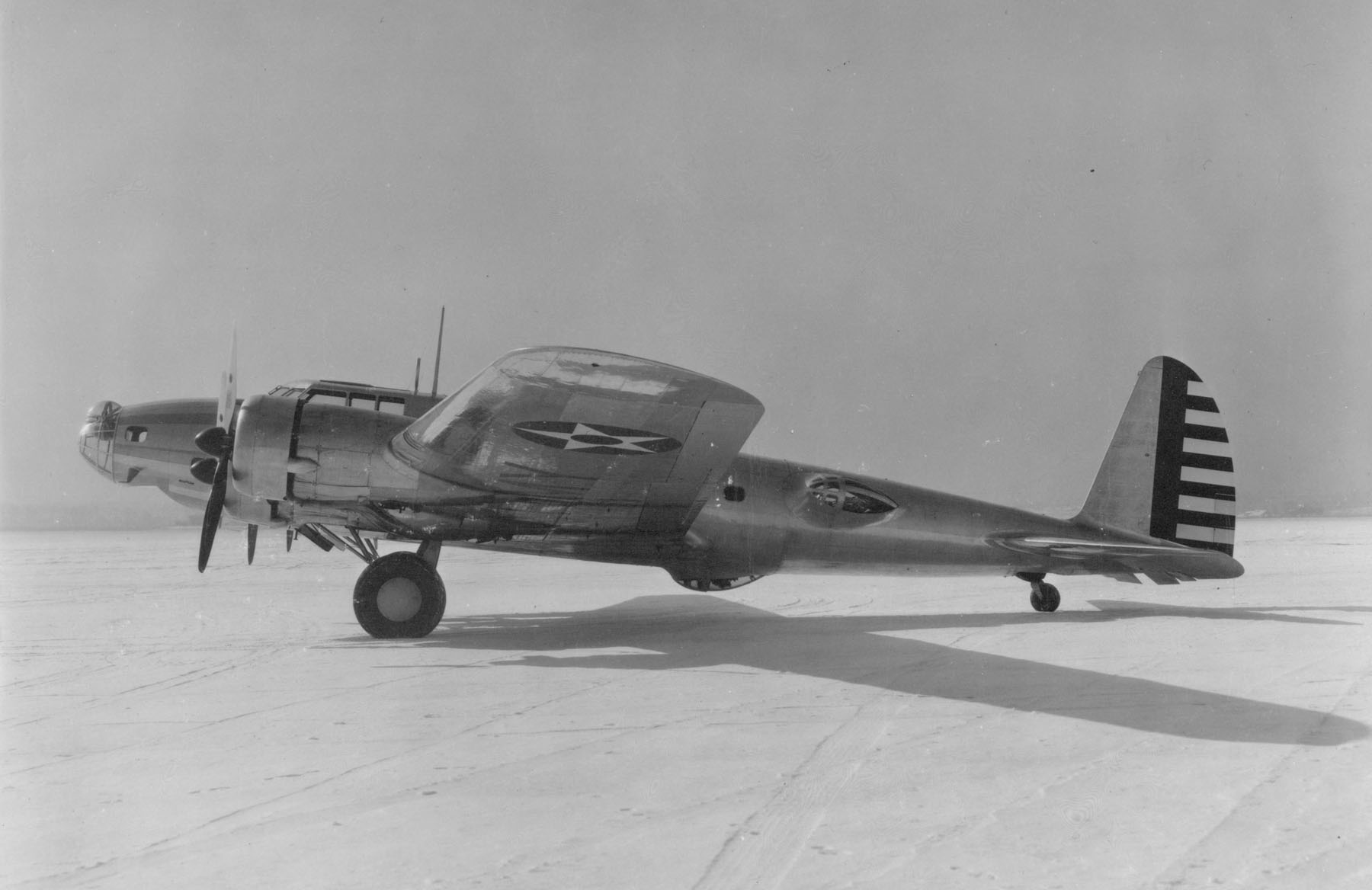
The Boeing Y1B-17A was 68 feet, 9 inches (20.955 meters) long with a wingspan of 103 feet, 9–3/8 inches (31.633 meters) and height of 14 feet, 11–5/16 inches (4.363 meters). Its empty weight was 26,520 pounds (12,029 kilograms). The maximum gross weight was 45,650 pounds (20,707 kilograms)
The Model 299F had a cruise speed of 230 miles per hour (370 kilometers per hour), a maximum speed of 271 miles per hour (436 kilometers per hour) at Sea Level and 295 miles per hour (475 kilometers per hour) at 25,000 feet (7,620 meters). The service ceiling was 38,000 feet (11,582 meters). The maximum range was 3,600 miles (5,794 kilometers). Carrying a 4,000 pound (1,814 kilogram) load of bombs, the range was 2,400 miles (3,862 kilometers).
The Y1B-17A could carry eight 600 pound (272 kilogram) bombs in an internal bomb bay. Defensive armament consisted of five .30-caliber machine guns.
Following the engine tests, 37-369 was re-designated B-17A.
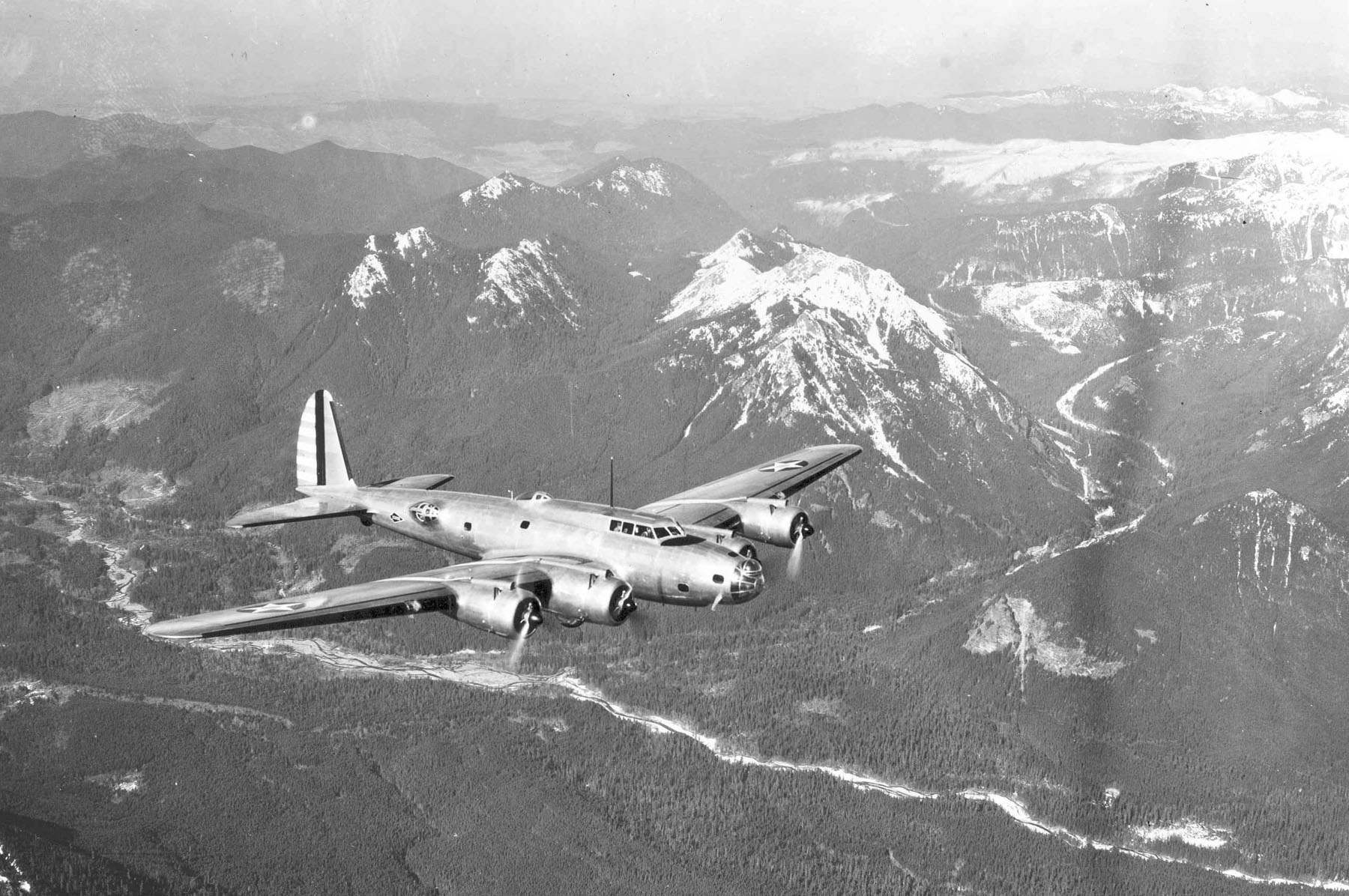
¹ FAI Record File Number 8318
² This record-setting flight was dramatized in the motion picture “Test Pilot,” (1938, Metro-Goldwyn-Mayer) with Clark Gable, Spencer Tracy and Myrna Loy. This movie is now 80 years old and has a melodramatic plot, but is well worth seeing for aviation history enthusiasts.
³ FAI Record File Number 10443
© 2018, Bryan R. Swopes
